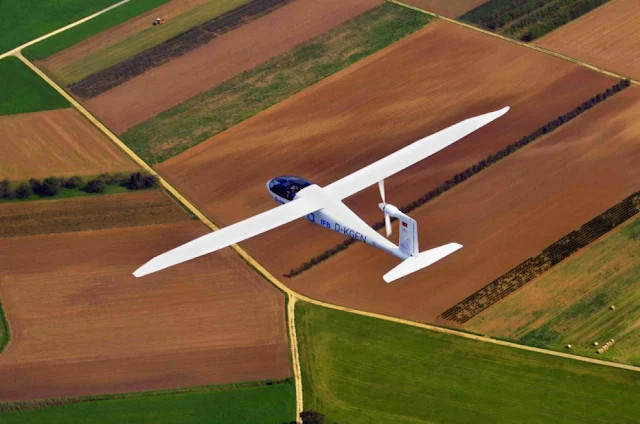In one of his greatest work “Codex on the Flight of Birds”, Leonardo da Vinci provided some unique study with almost 500 sketches of flying machine, which is the basis of modern Airplane technology in the contemporary society. The Wright brothers have accomplished the maiden powered flight over hundred years ago, which was controlled by using pulleys and wires to twist and bending of the wings, made of wood and canvas.
Although this system is a quite different one, that is propelled by hinged flaps and the ailerons, which are being used in most of the aircraft since its inception. The aircraft technology has developed in many ways in the last few decades and witnessed some of the most advanced elements in the design and technical know-how.
Now the engineers from MIT and National Aeronautics and Space Administration (NASA) have developed some hi-tech enchantment, with a new version of bendable and “morphing” wing. This new technology is having some unique features and simplified process of manufacturing that reduces the consumption of fuel by improving the aerodynamics of wings. Some of the features of this basic concept are as follows:
- The fundamental principle at the back of this new concept is the simple use of an arrangement of tiny and lightweight structural components, which are referred as “digital materials” and can be assembled into almost infinite assortment of shapes. This is such a simple structure manufacturing that can be compared even with the formation of configuration with the help of Lego blocks. The separate pieces are quite strong and rigid in nature, but it can be noted; the precise choice of sizes and the materials and most importantly the geometry of the assembling of pieces, which allow for the exact tuning of suppleness of the shape.
- According to researchers; the building up of such large and intricate structure, from an arrangement of tiny and indistinguishable building blocks, which have the exceptional grouping of strength, flexibility and light weight, simplifies the manufacturing process to a great extent. This modular structure is also providing the greatest ever simplicity in both the assembly and the disassembly of the construction that means; when the structure is not been needed, it can be dismantled and the entire structure can be taken apart by segregating its separate component parts, which can be reassembled and used for creating some other kinds of structures.
- Being the composition of different tiny parts; repairing process is also very easy and can be done in a very simple manner e.g. just by replacement of the damaged subunits in a very comfortable manner. The “skin” or the outer coat of the wings is also enhancing the performance of the structure. This “Skin:” is made with the technology of overlapping strips, made of flexible materials and layered as bird’s feather or somewhat like fish scales, which allows the pieces in moving across, while the wings flexes but still provide the most smoothened outer surface. It is ascertained that the primary use of this technology can be for making of tiny and robotic aircraft at the initial stage.









